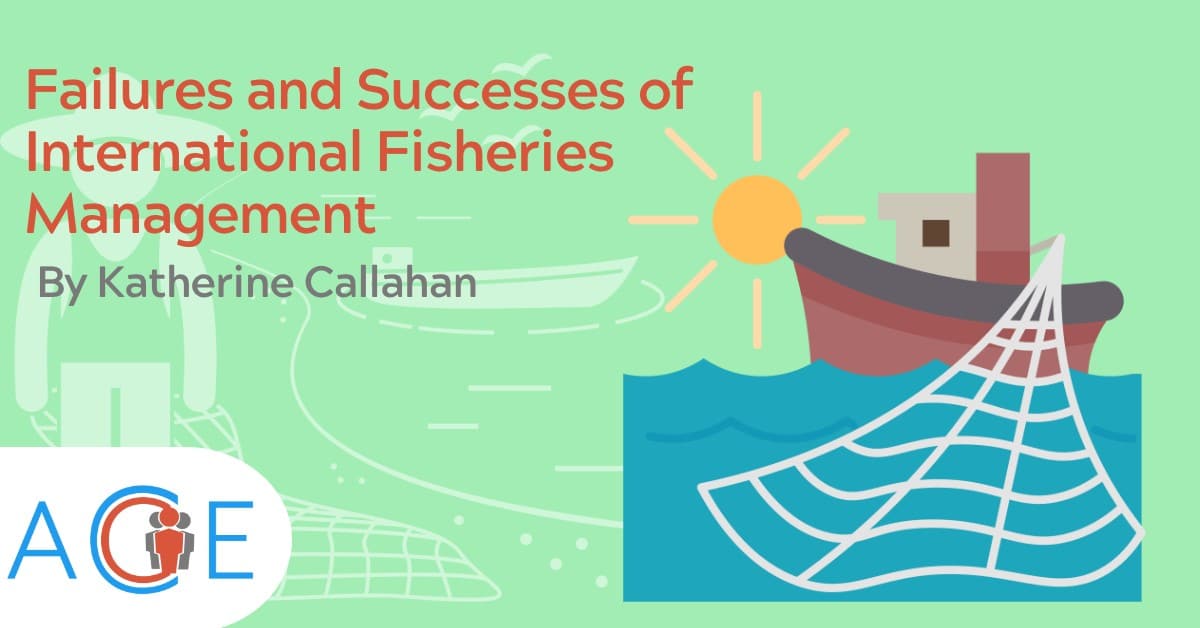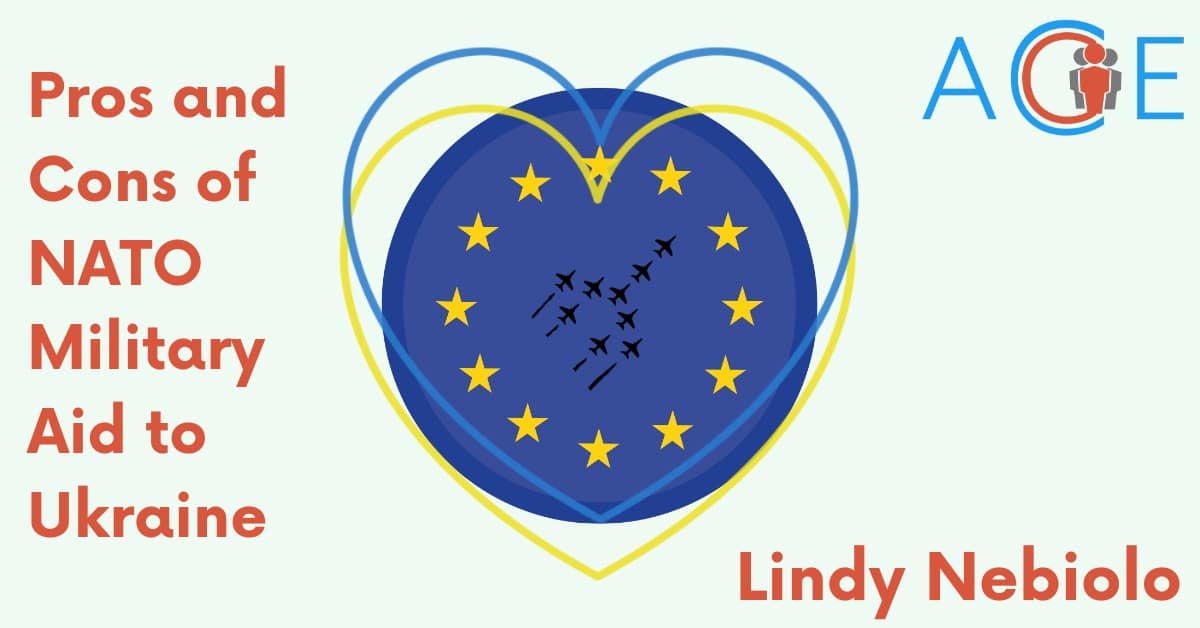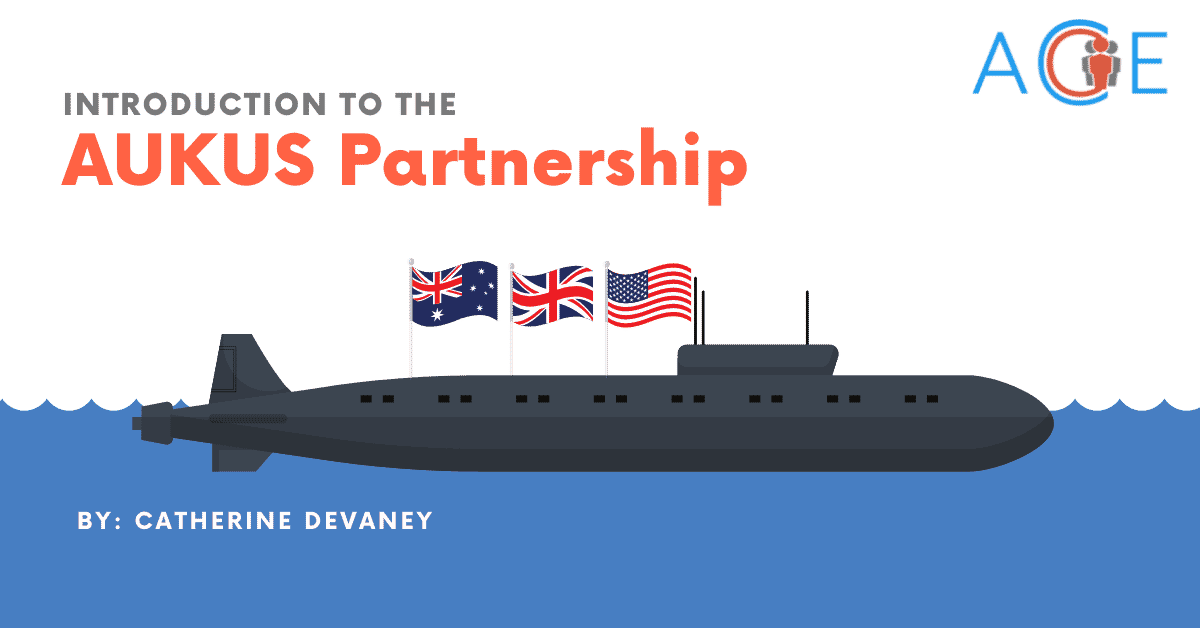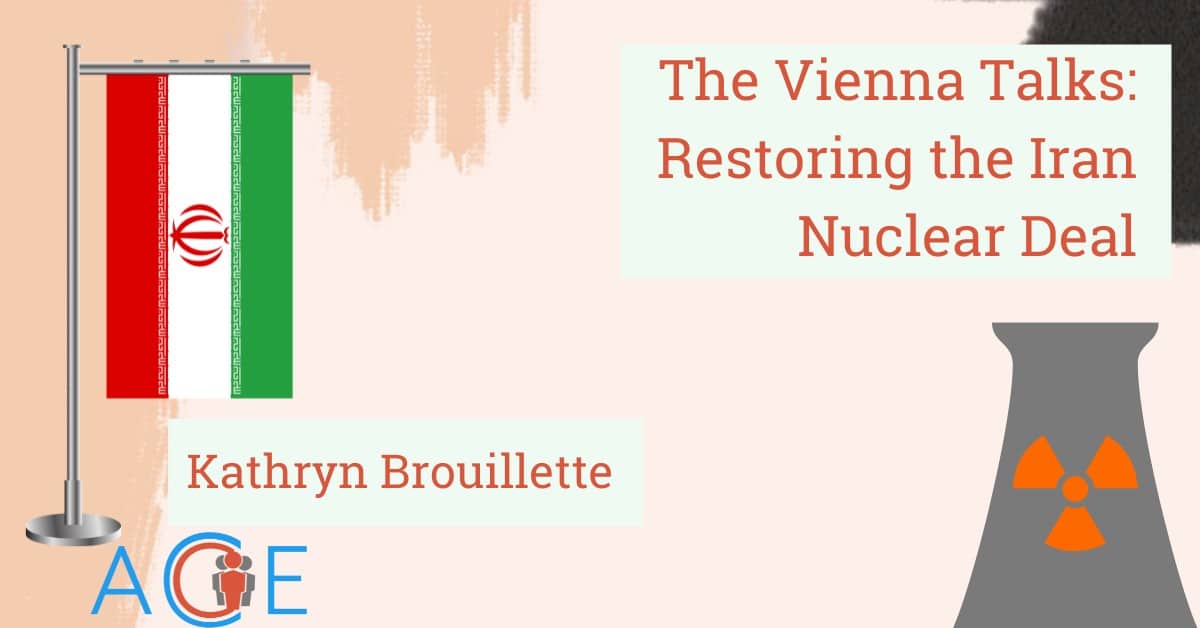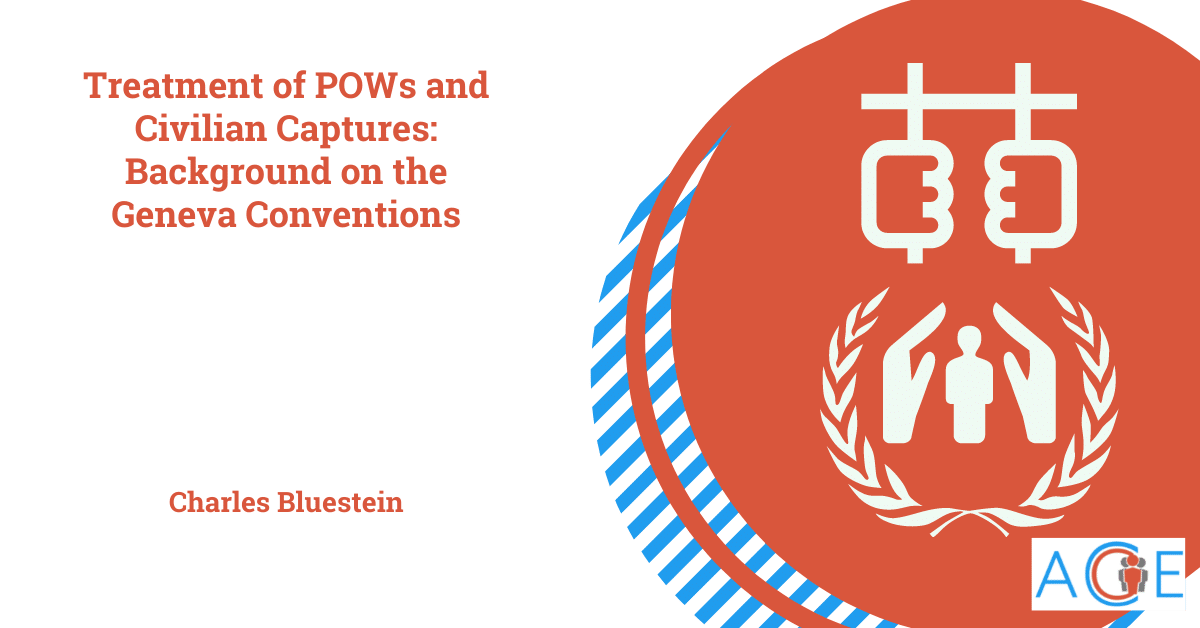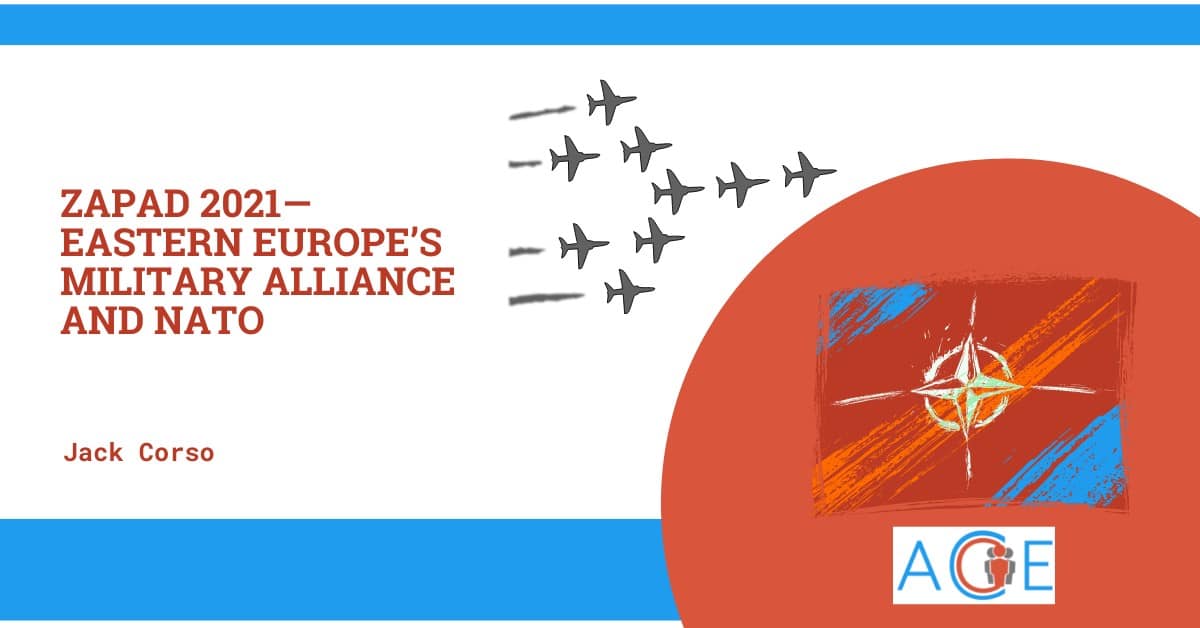Background
Humanitarian efforts have evolved in the 21st century, largely driven by the goal of aid organizations to optimize their impact and reduce costs. One significant change is the rise in the use of cash and voucher assistance (CVA) programs, which now constitute a larger portion of aid initiatives. CVA involves giving recipients direct cash or electronic funds as humanitarian aid, different from in-kind support that provides specific items like food and water. The shift towards more CVA and less in-kind aid reflects a shift towards a rights-based approach to humanitarian assistance, replacing the traditional charity-based model. This change in approach has also led nations like the United States to focus more on the humanitarian system.
CVA’s expansion as a humanitarian aid approach has largely been driven by the Cash Learning Partnership (CALP) since 2005. CALP works to amplify CVA programs carried out by various humanitarian agencies. American government bodies responsible for U.S. aid programs, like USAID and the Department of State, collaborate with CALP directly, incorporating their guidance into the implementation of CVA. CALP has outlined its five main roles as follows:
- Capacity Building – Provide individual humanitarian organizations with training and workshops that will enhance their ability to deliver quality CVA programming.
- Coordination – Connect carriers of CVA programming and humanitarian organizations in order to improve the consistency and quality of cash aid provisions as well as solidify coordination mechanisms between actors.
- Knowledge Management – Establish a forum for CVA actors to exchange knowledge and experience about cash-based aid programming and solidify coordination efforts in information.
- Research – Conduct research regarding CVA and build an evidence base in order to provide the best policy recommendations and improve the quality of CVA programs.
- Policy – Generate policy recommendations with a primary focus on improving the efficacy and efficiency of CVA worldwide. Builds structured policy through conventions and debates between a diverse set of voices, much of which is highlighted in the State of the World’s Cash Report.
Positive Attributes of CVA
CVA offers beneficiaries more flexibility compared to in-kind aid. This reduces their vulnerability, as they can obtain needed resources faster. CALP studies show that recipients prefer cash because it provides choice and control, allowing them to buy what they need locally. In-kind aid may not always match their requirements, leading to less efficient humanitarian efforts as beneficiaries seek alternative means for necessary funds. CVA has been found to be effective across humanitarian aid types, including general and reproductive health, nutrition, poverty, gender, and labor market.
Corruption and Misuse in CVA Aid Channels
Opponents argue that CVA is uniquely susceptible to corruption. Corruption exists in regular aid distribution channels, but intermediary officials are more capable of siphoning liquid cash compared to physical resources. This problem is more pronounced in countries with higher corruption rates, which often require more assistance.
Flexibility offers choice but also raises the potential for recipients to mismanage funds. Critics contend that people in need are more likely to misuse cash compared to in-kind aid. While opponents acknowledge that aid misuse exists in both CVA and in-kind aid, they assert that cash, being less controlled and more versatile, provides greater opportunities for recipients to mishandle resources compared to physical goods and services.
Inflation Caused by CVA
Some economists opposing the growth of CVA also highlight that increased flow of cash in local economies where CVA programs are prominent inflates the prices of popular commodities, thus countering the intended effect by making needed resources less accessible to low income residents. A study on CVA programs in the Philippines found that the cash inflow caused by CVA has a larger direct impact on the market and prices, creating negative spillover for non-beneficiary households.
An alternative to CVA is Universal Ultra Basic Income (UUBI), which suggests providing reduced financial support to populations in remote or impoverished regions to avoid inflation. Instead, UUBI targets the poorest households, aiming to enhance economic conditions through targeted cash assistance.
Efficiency of CVA
CALP’s research underscores the current inefficiencies in implementing CVA programs. A primary cause is the lack of coordination among organizations involved in CVA and humanitarian aid as a whole. The current network for cash-based aid includes duplications and parallel projects, resulting in higher costs and wastage compared to in-kind aid. CALP acts as a bridge between humanitarian groups, working to streamline this network through agreements and improved communication among partners. This has enhanced the global efficiency, scalability, and sustainability of CVA as a form of aid. In the United States, despite some skepticism, government departments responsible for humanitarian aid, such as the Bureau of Population, Refugees, and Migration in the Department of State (DOS), have shown support for CALP’s goals of more efficient and widespread CVA programming.
Recent research is focusing on the cost-effectiveness of CVA, especially electronic CVA. Since aid distribution often occurs in-region, the electronic infrastructure may not be sufficiently advanced to manage the complex cash and large transactions required by certain CVA programs. To mitigate the cost inefficiencies resulting from inadequate technology, CALP suggests collaborating with local agencies prior to developing CVA frameworks to address regional variations. Therefore, there is a suggested connection between improving program efficiency and reducing costs by enhancing coordination and communication among organizations, which is in line with CALP’s operational priorities.
Specific choices in CVA programming might affect the impact on beneficiaries. One area of contention is whether attaching conditions to cash assistance (called conditional CVA) is more effective than providing cash without conditions (known as unconditional CVA). A study of Mexico’s PROGRESA/Oportunidades, a well-established CVA program, challenges the notion that conditional CVA leads to significant economic growth. It points out that wealthier families, who are less in need but can meet the aid requirements, tend to benefit more than low and middle-income families who are in greater need. However, some critics argue that more precisely targeted conditional CVA programs could address this issue highlighted by the study.

